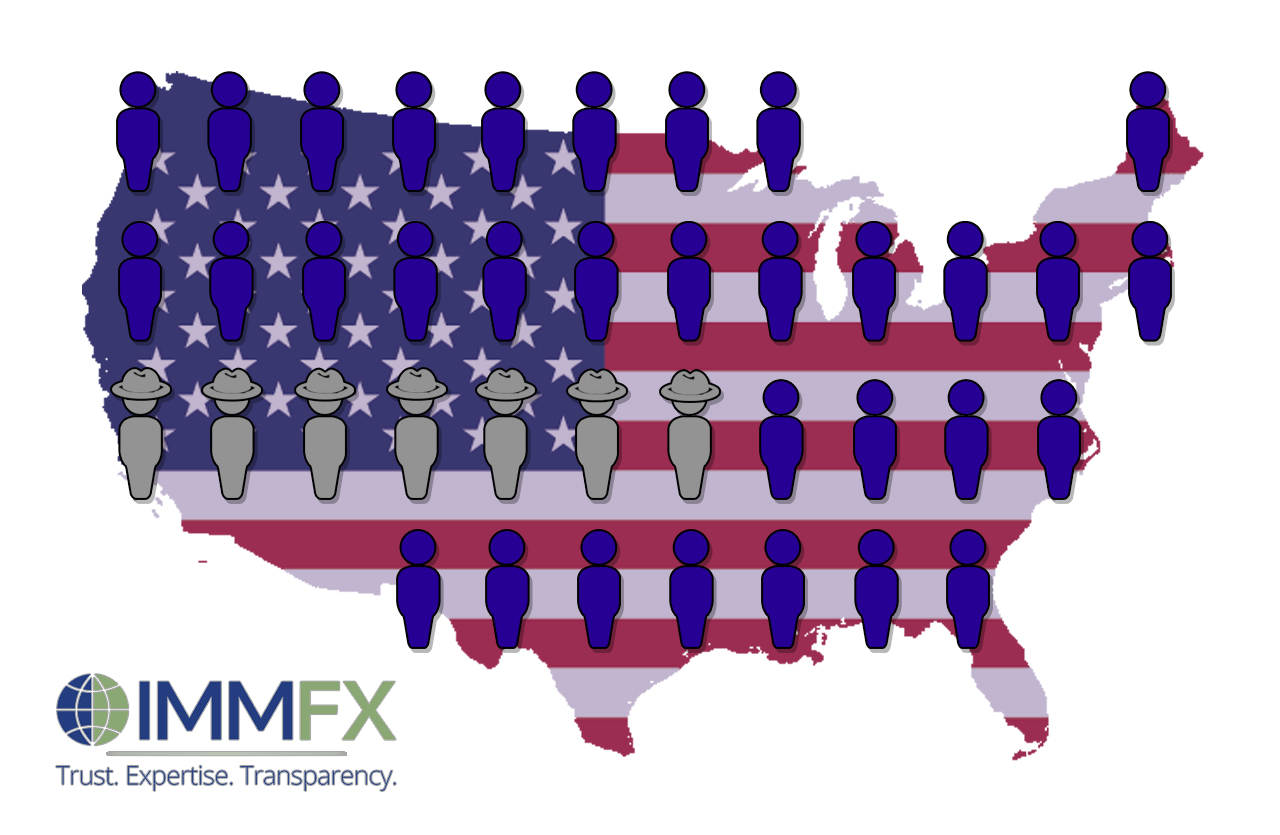NFP measures the net number of non-farm jobs (as well as subtracting government or non-profit employees) added or subtracted in the U.S. during the prior month. Since most currencies and commodities are tied to the USD and the U.S. economy, the effect of this particular economic news has a greater impact than just about anything else other than central bank interventions, interest rate changes, natural disasters or wars.
Indeed, bank interventions in the market are often directly related to this particular piece of news since it reflects a wide variety of economic factors including consumption, the potential for future inflation, economic growth or contractions. The Federal Reserve, in particular, relies on the NFP to gauge the effectiveness of their own monetary policies. NFP is key to this decision-making process of the FOMC and the ripple effect of any wide variations in upcoming reports could alter the interest rate landscape rather quickly.
Importance of NFP Release
The significance of NFP is measured far beyond financial markets. Political and fiscal policies throughout the world are promulgated as a result of NFP results as it’s believed to be one of the more accurate barometers or snapshots of current economic conditions, and of the efficacy of fiscal and monetary activities.
To Trade or Not to Trade NFP Release
To trade or not to trade, that is the question. Many traders will step aside on the same day that NFP is announced since much movement can be attributed to the additional liquidity in the markets, and not to any confluence of direction or sentiment…at least most of the time. NFP has a tendency especially as the news comes on the first Friday of each month to confirm trends, and potentially make overreaching into oversold and overbought levels more probable. Divergences from NFP expectations can set the tone for the rest of the month and beyond. Moreover, NFP plays a huge role in the direction of bond and equity markets, as well as the price of oil, gold, silver and practically all other commodities, due to demand implications. Traders note the following:
Scalper’s delight, swing traders fright
Whether they are trading through automated EAs or manually, this is “game day” for scalpers. The resultant volatility can provide enormous profits and opportunities especially for those who are less risk averse. The duration of scalped trades can be even shorter during NFP since the ranges expand well beyond average.
The downside, of course, is that traders can pick the right direction or trend based upon NFP, but get stopped out or worse, from price spikes. NFP tends to send U.S. denominated instruments higher when NFP is positive or exceeds expectations. Negative reports can have an even greater effect.
Swing traders and others with longer term perspectives often find their stress levels and blood pressure increase substantially during NFP news day. Even when they’ve left wiggle room for their trades, adjusted or readjusted their stops so their trades don’t get closed from market swings, they may question the impetus and validity behind their trades if NFP pitches a curve ball to the markets.
Bend or trend
NFP is one of the prescient fundamental indicators that even the most technical of analysts and/or traders pay homage to. Often, NFP creates a circular motion in the currency markets where prices react to, and then resume their original direction, though juiced with additional momentum. NFP is a great trend confirmation signal as well as a reversal engine. For intraday traders, timing becomes crucial as NFP can alter the landscape often without reason.
It’s always wise to remember the maxim of economist John Maynard Keynes who said that the “markets can remain irrational longer than traders can remain solvent.” NFP has a distinct tendency to prove that to traders who are not able to bend with the market. Insufficient capital, tight stops, and/or loose money management (essentially, too much risk) can magnify this outcome for traders.
Agitate or consolidate
NFP is a primary market mover and it’s a catalyst for institutional traders to move into markets and/or readjust prior positions. Often, NFP extends the range of markets to a wider price area. Traders need to be cognizant of price action that can reverse rapidly after reaching the outer limits of the extended range, rather than continuing on what can appear to be a breakout. NFP is the mother of many a false signal.
Stops and Targets
The art of setting a stop gets even more complicated and problematic during NFP news day. Even the most logical areas or levels for stops can become “killing fields” for trades. Some traders will wait at least 30 minutes after NFP, before considering entries. Others will wait until New York equities markets are in full swing before trading. It’s very difficult to judge sentiment in the immediate aftermath of NFP, and some of the best traders will simply not trade on this day, or if they are in a trade, will only close it if there is a real and considerable contradiction with their overall strategy. These traders might also adjust their TP (take profit, limit or target) further out as NFP confirms a trend and enhances traders confidence in their strategy.
All things are relative
While NFP has immense impact, it shouldn’t be viewed without context. Other financial news events can cause greater movement with price or illuminate trends more clearly. Indeed, traders whom rely on the NFP to move markets can be disappointed by subsequent inaction following announcements. This often happens when other news has already occurred, that NFP only confirms.


